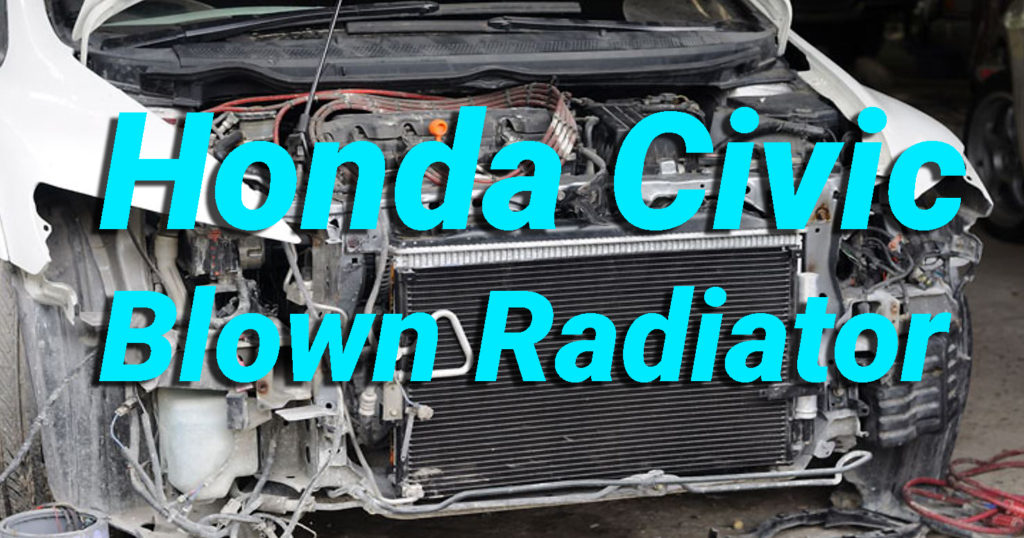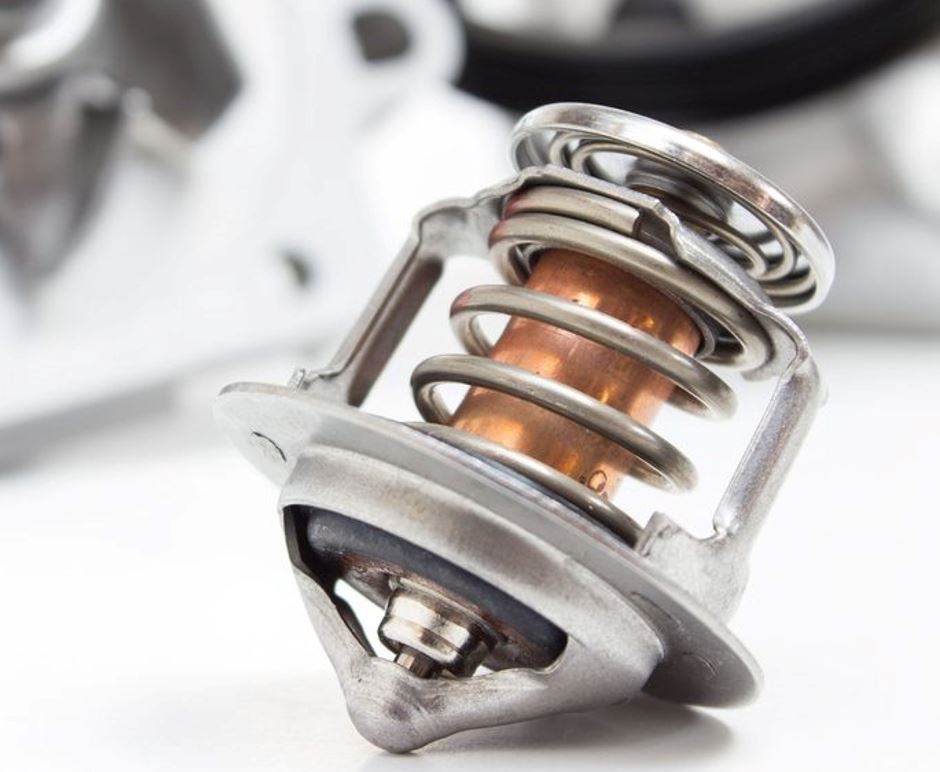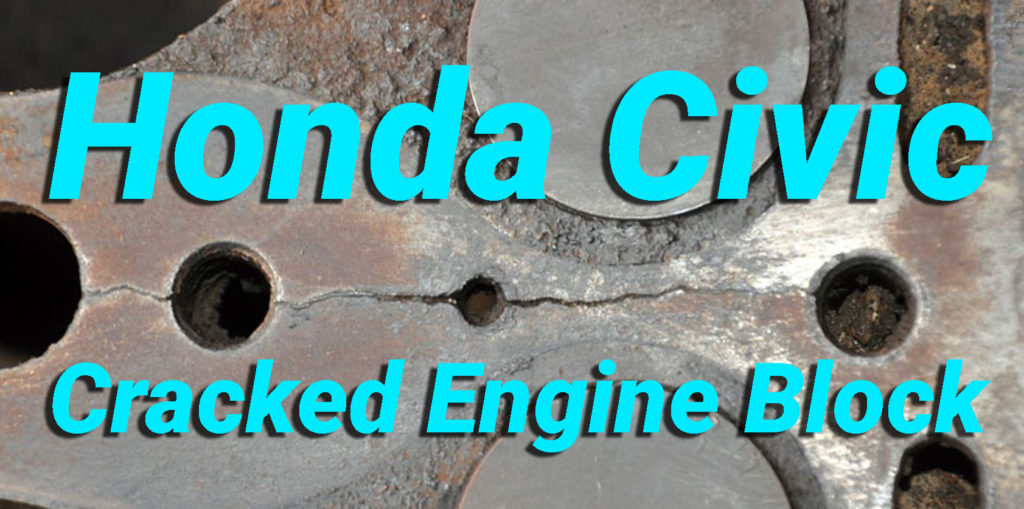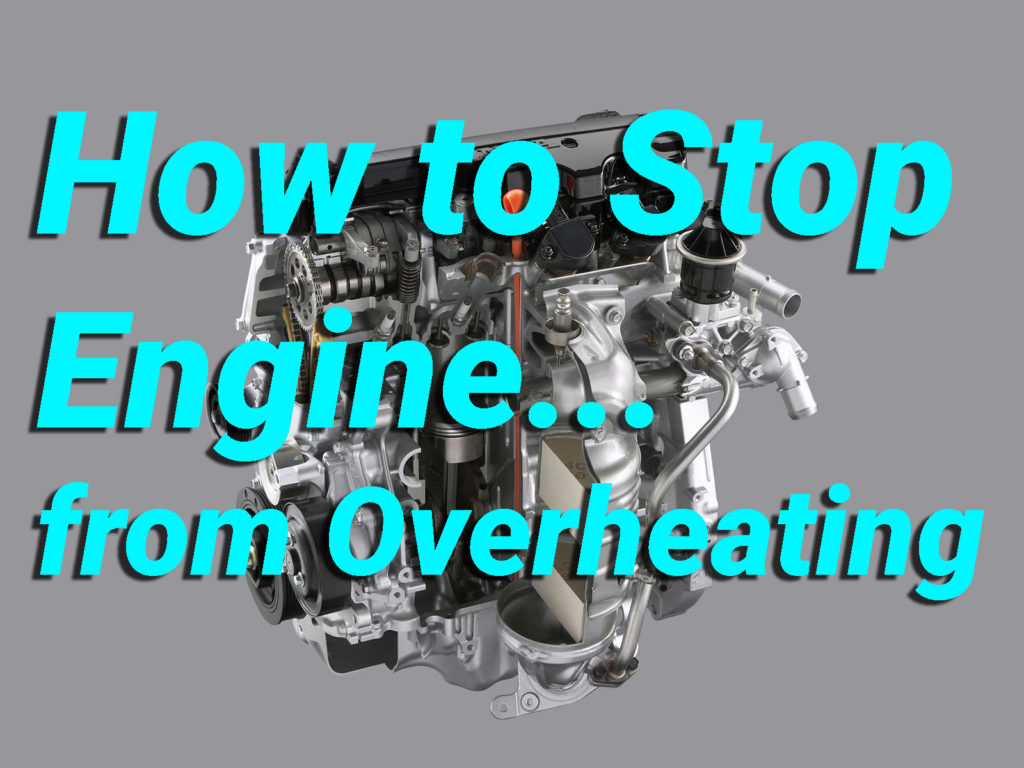If you own a 2006 Honda Civic and are wondering why the car engine overheats, check out all these reasons behind overheating, signs, and solutions.
Introduction
Honda Motors is a Japan-based automobile company, successfully selling millions of vehicles for decades. Although the company is producing worth buying cars, some issues remain in the highlights, for example, engine overheating. In this article, you’ll find out why the 2006 Honda Civic wasn’t quite good in terms of a long drive.
Signs of Engine Overheating

Honda Civic engine usually lasts up to 200,000 miles if driven with care and maintained properly. This cannot be ensured even with the assurance; that it will serve 20 years because the 2006 Honda Civic had many complaints. The car owners went through several losses. Honda received hundreds of complaints because of engine failure. Replacement costs were expensive while repairing was futile. People reported engine failure issues to the company, but Honda didn’t seem to mend it except by giving a 10-year warranty. As per the agreement, if the engine fails, the company will repair or reinstate it.
Here’s a list of some obvious signs that the engine of your vehicle needs to be fixed.
- Blown radiator
- Broken thermostat
- Cracked Engine block
The engine life span of this model was barely around 10 years. The corporation went through a lot of criticism.
Blown Radiator

In case of engine failure, a blown radiator is an apparent symbol. The function of a radiator is to cool the car. It is recommended not to open the radiator cap when burning hot. It can blow up and hurt you. As the engine becomes colder, take the lid off gradually. Check out the temperature gauge if the needle is higher than usual or in the red zone. The red zone states the engine’s high temperature. Usually, a car’s standard operating degree is around 195 to 220 Fahrenheit. If the temperature stays between the mentioned statics, it’s not the time to worry, but if it’s on the hot side, then it needs to be checked.
Broken Thermostat

In an engine cooling system, the thermostat is the one that controls the temperature. It ensures the correct liquid flow from radiators to the engine. However, despite its compactness, it boasts as one of the critical components for temperature regulation. For example, if a car’s engine starts to overheat, the coolant will go to the regulator and cool down the engine. A faulty thermostat is a risk factor of the engine health.
How to Know If the Thermostat Is Broken?
If the engine is heating up continuously, this could be a sign that the thermostat is either broken or clogged. Under the car, you check if there is any coolant leak in green or tangerine color shade. It will be apparent if the thermostat is not working.
You can fix the broken thermostat with a new one which will cost you around $150 to $300.
Cracked Engine Block

If the engine is not performing well and there’s smoke coming out of it, it could mean your vehicle has a cracked engine block. Several causes can be observed while figuring out the cause of the crack. Some of these reasons can be taken into notice:
- Leaking oil
- Low-level coolant
- Frozen coolant in the radiator
- Bad Engine performance
Too much heat could result in the breakage of the block. Wondering about cracked engine block repair? Yes, it can be repaired, but it is suggested to replace it for good performance. The 2006 Honda Civic model has several reports of the cracked engine block.
Car Coolant Leakage

Antifreeze or car coolant is a water-based liquid that is used to prevent the engine from overheating. With the use of the combustion engine, which burns fuel to push the car forward, an aspect of this energy becomes heat. A small portion of it goes out through the exhaust, while some portion remains in the engine block. Car coolant plays a significant role in maintaining the temperature. If the engine is getting overheated, the heat can melt the parts of the engine. Hence, the lubrication job of the coolant is to pass through the engine and radiator pipes, making sure the motor’s temperature is calm.
A car coolant should be changed depending on the motor. An average coolant system must be changed after 50,000 miles. You can also check the manufacturer’s recommendation. Cleaning of the antifreeze system is also recommended. Dust or rust particles can be removed during the process. If you are using a high-quality coolant, you can easily avoid the causes of a blown radiator.
How to Stop Engine from Overheating?

Overheating is a big problem these days; one of the things you can do while taking care of your car is to pull it over to a safe place, let it cool for 30-40 minutes. Make sure that the radiator and the coolant tank are full. Fix the leaks in the cooling system, buy a new thermostat. If it appears to be out of control, contact the mechanic as soon as possible.
Honda’s Takeaway on This Issue
The mentioned model’s consumer stated that the engine may be due to overheating, blown radiator, and leakages. The company was well aware of the 2006 Honda Civic engine overheating. As the firm was made aware of these problems, it began to declare 10 years warranty. However, after 10 years the company is not accountable, and that was a sufficient response to customers by the company to their complaints. The main problems that led to engine failure were coolant leakage, broken thermostat, blown radiator, and cracked engine block. A 2006 Honda Civic owner deemed his car was diagnosed with engine failure. He bitched about the issue, but the warrant that company gave him was 10 years. The risk of neglecting accountability is very high if the safety measures are not followed. The vehicle as well as the owner are at risk here. The available market share for the 2006 Honda Civic was low due to this.
Conclusion
In a nutshell, it is your decision if you want to buy a used 2006 Honda Civic or not. Maintenance issues and headaches could be avoided majorly by keeping the car in a good condition. You should check all the fluids, brakes, errors, and so on, periodically. Also, you should check for fluid leakages if they exist or not. If you periodically check, then you will have a low chance of going with your car in service for big repairs. I thank you for reading this article, and I hope it was helpful to you. Please share this article with your friends, so we can write more and better articles if we have support from you. Thanks a lot, dear reader! AutomobileGator loves you all! Cheers!
P.S.: You can contribute to AutomobileGator.com – Visit our Write for Us page for more information.






